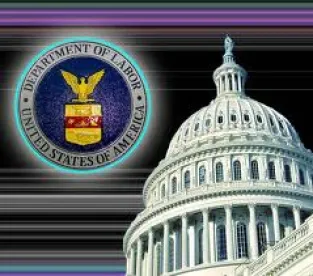When should an entity be considered a joint employer for purposes of federal wage and hour law? The answer to that question has been in a state of flux for the past few years, but as of Thursday, March 11, the U.S. Department of Labor’s answer was “more often.” That’s because the DOL issued a proposed rule on Thursday aiming to strike down a narrowed version of the joint employer rule put in place during the Trump administration.
In 2016, the Obama administration’s DOL held that a finding of joint employer status depended on the “economic realities” of the situation. This was an intentionally amorphous standard that the DOL argued should be read “expansively” to interpret the definition of joint employment “as broadly as possible.” The 2020 modifications to the rule introduced during the Trump administration eschewed the economic realities test in favor of four specific factors of control, namely whether the indirect employer: (1) hires or fires the employee; (2) supervises and controls the employee’s work schedule or conditions of employment; (3) determines the employee’s rate and method of payment; and (4) maintains the employee’s employment records. Notably, under the 2020 modifications, actual (rather than potential) control in line with at least one of the factors—and not just a theoretical ability to control—was required.
The 2020 narrowing of the joint employer test saw strong support from the business community and, in particular, franchisers and entities reliant on staffing companies at risk of being held joint employers of workers whom they argued were someone else’s employees. A coalition of states sought to challenge the 2020 version of the rule, and at least one federal court struck down the 2020 version of the rule last fall—a decision relied upon heavily by the Biden administration in support of the current proposed rule change.
The DOL’s proposed rule must now go through the 30-day comment period and formal notice process, which began on Friday, March 12, 2021. The DOL has not yet proposed a replacement for the current version of the rule, leaving open the possibility that it will simply revert to the expansive “economic realities” test in place during the Obama administration.
Moving forward, employers should be prepared for a much broader interpretation and enforcement of the joint employer rule and should critically evaluate their indirect employment relationships, including any franchisees or contracted service providers, and take steps to mitigate the risk of a possible joint employment finding. If you have questions as to whether the joint employer rule does or will soon apply to your business, Foley’s extensive team of labor and employment attorneys stands ready to help.




 />i
/>i
